Mass grave of 215 children in Canada a stark reminder of the dark history of Native American boarding schools in US
Curtis Carr was just 9 years old in 1927 when he and his brother were sent to a boarding school for Native Americans in Chilocco, Oklahoma.
"He started running away in 1934 and was picked up and returned a couple of times and successfully made his last escape in 1935," said K. Tsianina Lomawaima, Carr's daughter and a professor in the School of Social Transformation at Arizona State University. "He survived it, but he reacted very strongly against the authoritarianism."
Like tens of thousands of Indigenous children and teens, Carr and his brother attended one of the hundreds of government-funded and largely church-run Indigenous boarding schools established across the U.S. and Canada in the 19th and 20th centuries.
Many children were physically and sexually abused at the schools, and up to 6,000 died at schools in Canada, according to government officials. Reports Friday of a mass grave containing the remains of 215 children found on the site of Canada's former Kamloops Indian Residential School are a stark reminder of the dark history.
"It was obscene what happened in Canada, and I know from speaking to survivors of Indian boarding schools in the United States, this was not isolated to Canada," said Mary Ellen Turpel-Lafond, director of the Indian Residential School History and Dialogue Centre at the University of British Columbia and a member of the Muskeg Lake Cree Nation.
An 'unthinkable loss': Mass grave with remains of 215 children found at Indigenous school in Canada
Navajo Nation: Worried about COVID-19, Navajo Nation ignores CDC, keeps masks and social distancing
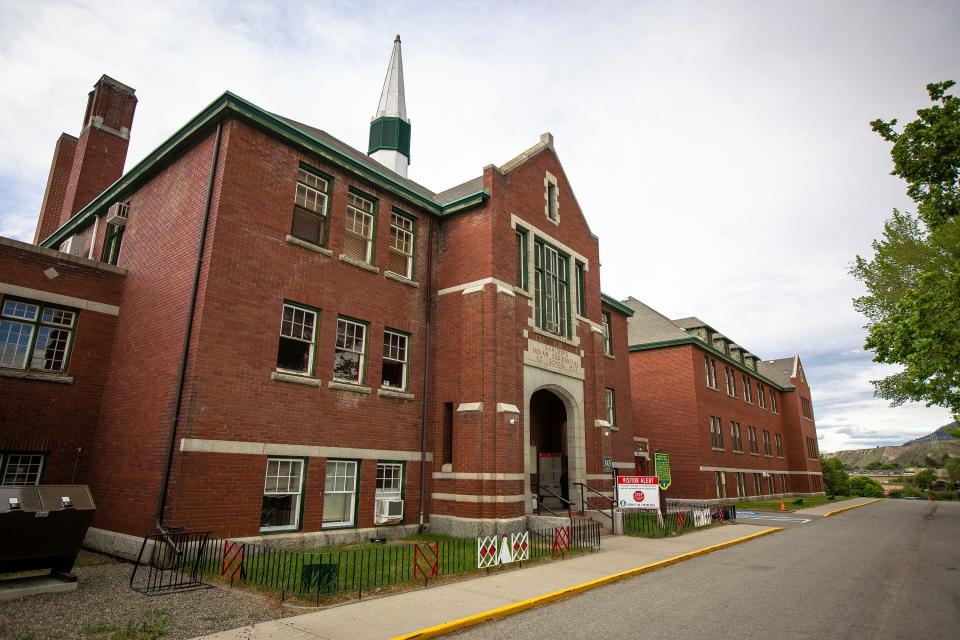
'There's been tremendous impacts'
More than 350 Native American boarding schools were established across 30 states "to implement cultural genocide through the removal and reprogramming of American Indian and Alaska Native children," according to the Native American Boarding School Healing Coalition.
Hundreds of thousands of Native American children in the U.S. were voluntarily or forcibly removed from their homes and families and placed in the schools from 1869 to the 1960s, according to the coalition.
"There’s been tremendous impacts on individuals, families and communities, and those impacts have been across generations – the impacts on language maintenance, the transmission of cultural knowledge, just having people away for those childhood years," Lomawaima said.
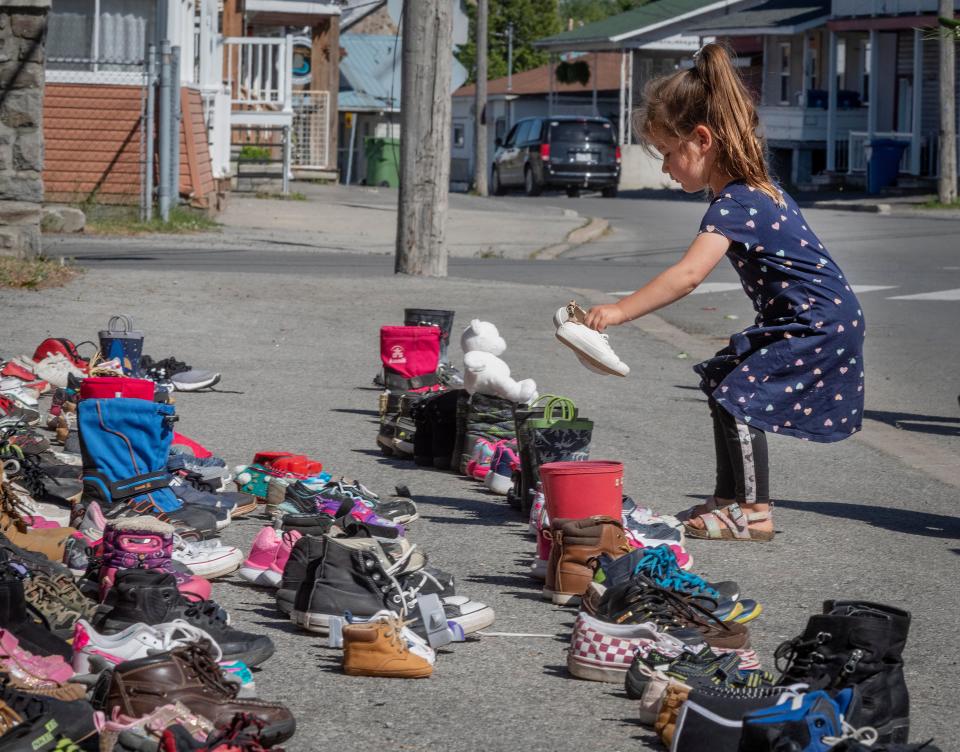
U.S. Army officer Richard Henry Pratt founded one of the first off-reservation, federally funded schools in 1879 – the Carlisle Indian Industrial School in Pennsylvania. Children at the school were forced to cut their hair, adopt uniforms and speak English.
"Indian Schools were designed to destroy American Indian cultures, languages and spirituality. Students had to accept white culture, the English language, and Christianity," according to the Ziibiwing Center of Anishinabe Culture & Lifeways in Mount Pleasant, Michigan. The Mount Pleasant Indian Industrial Boarding School operated from 1893 to 1934, with an average enrollment of 300 students a year.
In 1893, Congress allowed the Bureau of Indian Affairs to withhold food rations and supplies from parents or guardians who refused to enroll and keep their children in the schools, according to the center. Some families hid their children to avoid capture, and some children ran away from the schools – "sometimes hundreds of miles," according to the center.
The schools were overcrowded and unsanitary and provided poor education and medical services, a 1928 report, known as the Merriam Report, found. Children were malnourished, diseases spread rapidly, and the schools relied on manual labor the report said would be "prohibited in many states by the child labor laws."
Lomawaima said her father, of the Creek Nation, ended up at Chilocco Indian School when his probation officer sent in an application.
"There were not many schooling opportunities for Native people in the 1920s and 1930s in Oklahoma, so if people wanted an education, particularly a high school education, they didn’t have many options. So some people chose to go to Chilocco – but is that voluntary?" she said.
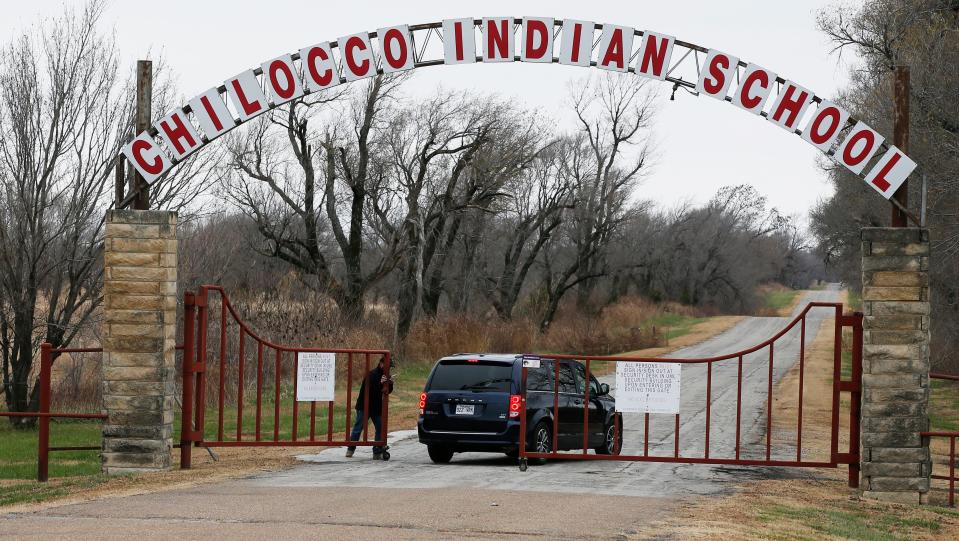
Lomawaima said her father lived on the streets once he escaped from the school and eventually ended up at a Civilian Conservation Corps camp.
"Late in life, he could acknowledge that he learned things at Chilocco that he was grateful for," she said. "But I think being away, unable to go home over the summer, it very effectively fractured his relationship with his mom. They never had a meaningful relationship."
Even as late as 1969, many teachers at the schools still saw their role as that of "civilizing the native," according to what became known as the Kennedy Report, which declared Native American education in the U.S. a "national tragedy."
Many large schools closed in the 80s and 90s, but a few off-reservation boarding schools are still in operation.
Lomawaima, who interviewed more than 60 former students for her 1994 book on Chilocco, said the experiences of students varied greatly, particularly depending on how old they were when they entered the school, and some reported positive experiences.
'There's not been that scale of public engagement'
The reckoning on Native American boarding schools differs greatly in the U.S. versus Canada, which has paid out billions in reparations to victims and families.
"The truth and reconciliation process has been a very public one in Canada," Lomawaima said. "There’s not been that scale of public engagement in the U.S."
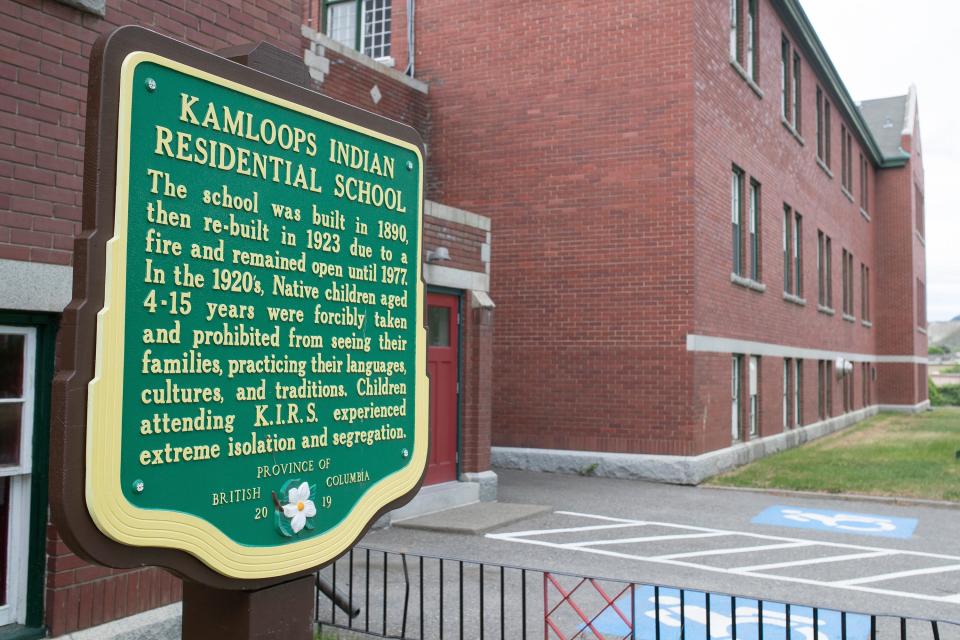
In the U.S. in 2009, President Barack Obama signed the Native American Apology Resolution, apologizing for, among many other things, "the forcible removal of Native children from their families to faraway boarding schools where their Native practices and languages were degraded and forbidden."
In 2012, the nonprofit National Native American Boarding School Healing Coalition formed in the U.S. to "develop and implement a national strategy that increases public awareness and cultivates healing for the profound trauma experienced by individuals, families, communities, American Indian and Alaska Native Nations."
In recent years, the bodies of several children who died at the Carlisle Indian Industrial School school have been returned to their homes after years of prompting by Indigenous communities.
"For us, it was very important to bring these boys back. One, it was bringing them home. And two, it was starting closure," said Jordan Dresser, chairman of Northern Arapaho Tribe in Wyoming.
Three boys are now buried at cemeteries on the Wind River Reservation. Official records show the boys ran away from the school, Dresser said. He said it's unclear how they died.
Dresser and Turpel-Lafond said they suspect more mass graves of children in the U.S. and Canada will soon come to light.
"That’s just the tip of the iceberg. There’s so many boarding schools across the country," Dresser said. "We really need to hold our governments accountable. Somebody has to be accountable for this."
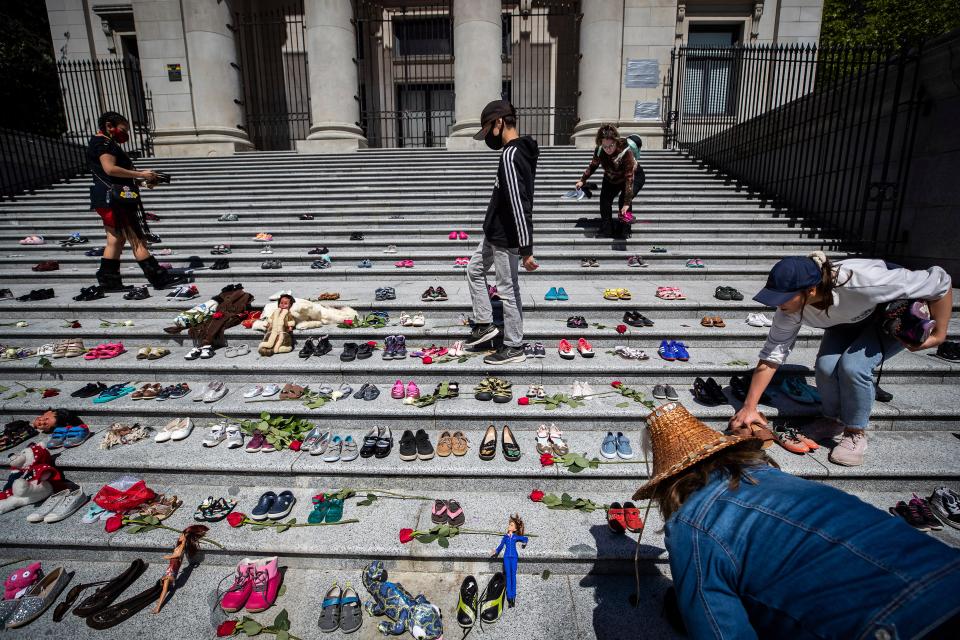
This article originally appeared on USA TODAY: Native American boarding schools abused, neglected thousands in US

